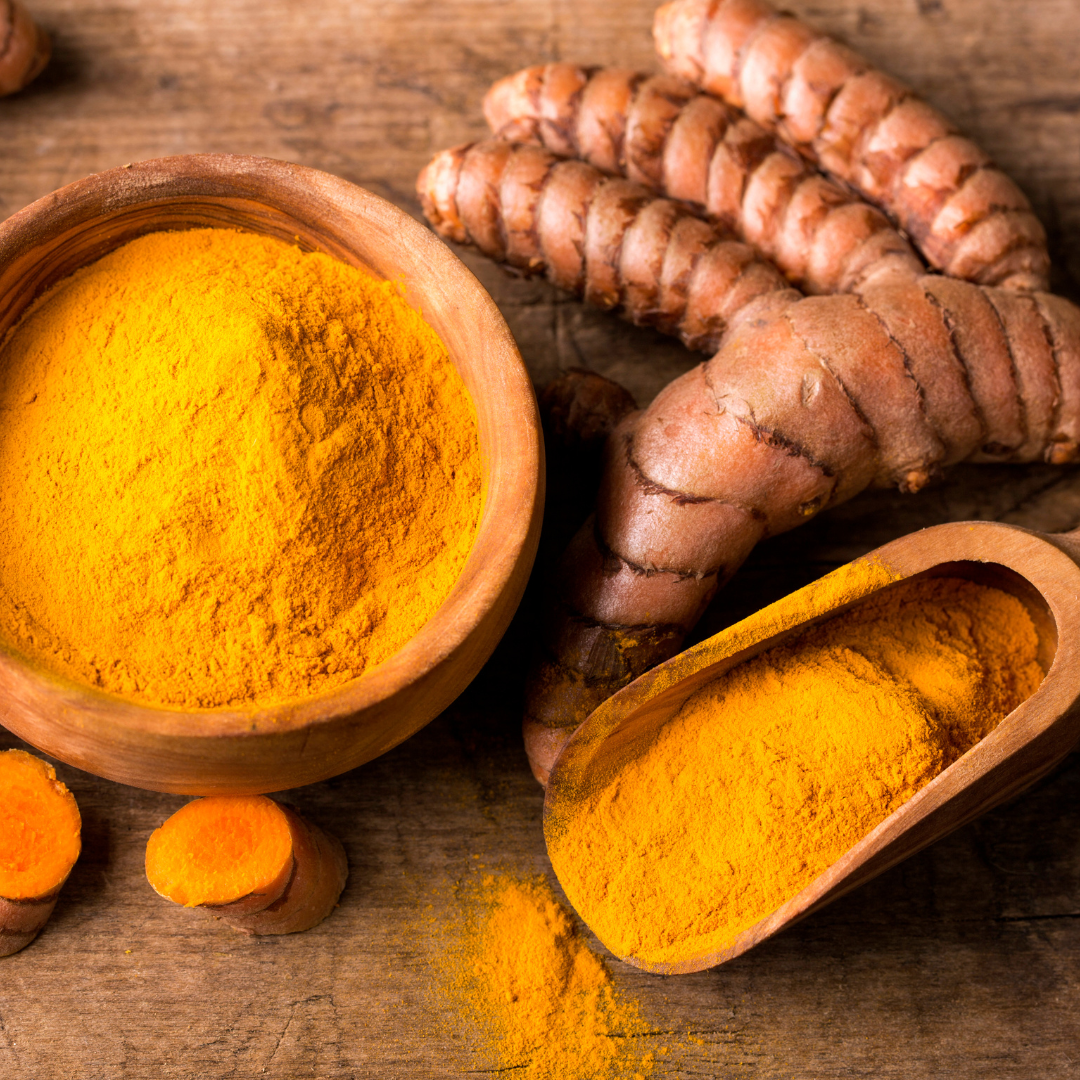
Note: While these foods are generally considered anti-inflammatory, everyone is different. Due to food sensitivities, histamine responses, or underlying gut issues, what’s healing for one person may be inflammatory for another. If you’re not sure which foods work for your body, functional medicine testing or a personalized nutrition consult can help guide the way.
Chronic inflammation is at the root of so many modern health issues—autoimmune conditions, gut problems, fatigue, brain fog, joint pain, and even mood disturbances. While functional medicine takes a whole-body approach to healing inflammation, one of the most accessible tools is right in your kitchen.
These 10 inflammation-fighting foods are easy to find, simple to use, and powerful when incorporated consistently.
Let’s break them down—with grocery-style tips so you can start using them right away.
Why: Packed with antioxidants like anthocyanins that lower oxidative stress.
How to Use: Add to smoothies, oatmeal, or chia pudding.
Grocery Tip: Buy frozen wild blueberries—cheaper and more potent than fresh.
Why: Curcumin, the active compound, reduces inflammation pathways. Black pepper enhances absorption.
How to Use: Add to soups, golden milk lattes, or roasted veggies.
Grocery Tip: Look for organic ground turmeric and whole black peppercorns. Or get a high-quality turmeric paste.
Why: Rich in chlorophyll, fiber, and polyphenols that support detox and calm immune reactivity.
How to Use: Use as a base for salads or blend into smoothies.
Grocery Tip: Buy pre-washed organic greens for quick access. Rotate greens weekly to diversify nutrients.
Why: Packed with monounsaturated fats and glutathione precursors to fight oxidative stress.
How to Use: Add to toast, smoothies, or salads.
Grocery Tip: Choose avocados that are slightly soft to the touch. Store in fridge once ripe to slow spoilage.
Why: Full of anti-inflammatory compounds like oleocanthal.
How to Use: Drizzle over veggies or use as a salad dressing base.
Grocery Tip: Look for cold-pressed, dark glass bottled EVOO. It should smell grassy and peppery.
Why: Loaded with EPA and DHA omega-3s that suppress inflammatory cytokines.
How to Use: Grill, bake, or mix canned into a salmon salad.
Grocery Tip: Buy frozen wild-caught fillets or BPA-free canned options in water or olive oil.
Why: Acts as a COX-2 inhibitor, reducing inflammation similarly to NSAIDs—but without the side effects.
How to Use: Steep as tea, add to stir-fry, or blend into dressings.
Grocery Tip: Fresh ginger root stores well in the fridge. Peel and freeze for convenience.
Why: Improve gut health and modulate inflammation via the microbiome.
How to Use: Add a forkful to meals as a flavorful side.
Grocery Tip: Look for unpasteurized, refrigerated brands with live cultures.
Why: Contains sulfur compounds that activate detox pathways and modulate immune response.
How to Use: Mince into meals, roast whole, or blend into sauces.
Grocery Tip: Let chopped garlic sit for 10 minutes before cooking to activate allicin.
Why: Rich in catechins that reduce inflammation and protect cells from damage.
How to Use: Drink 1–2 cups daily or use matcha powder in smoothies.
Grocery Tip: Choose organic Japanese green tea or ceremonial-grade matcha for best quality.
Copy this into your notes before your next grocery run:
Start small—choose 3–4 of these foods to focus on for the next week. Make them visible in your fridge or pantry so they’re easier to reach for.
Small shifts lead to big healing when done consistently.
Want more support reducing inflammation, healing your gut, and getting to the root cause of your symptoms? Call us at 717-795-9566 to get personalized, functional medicine care from our expert nutrition team.
